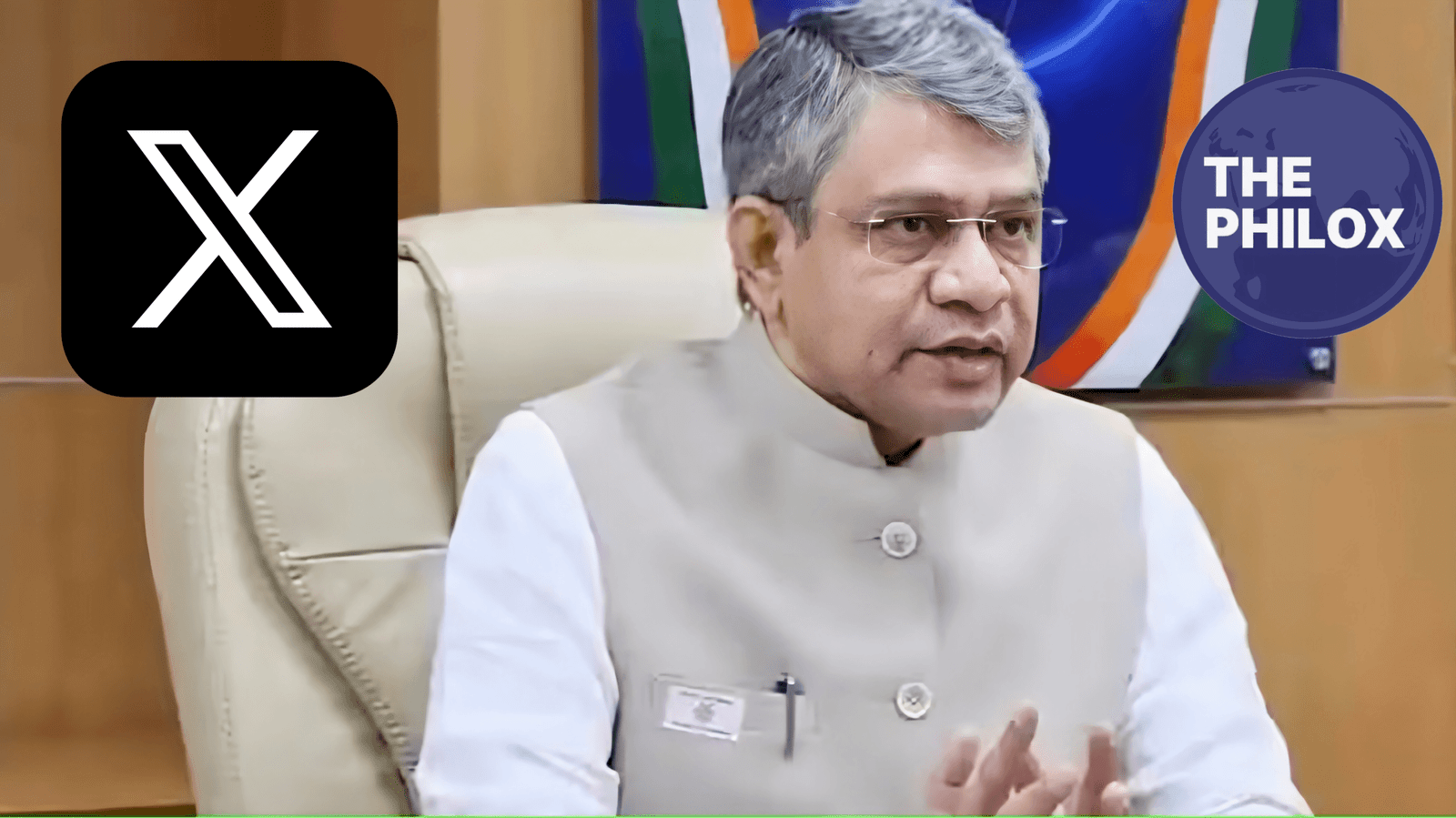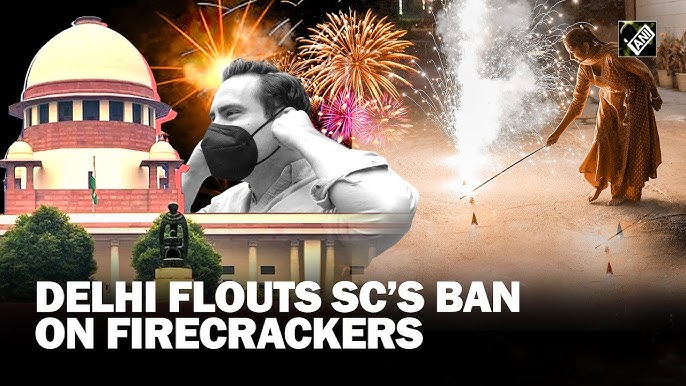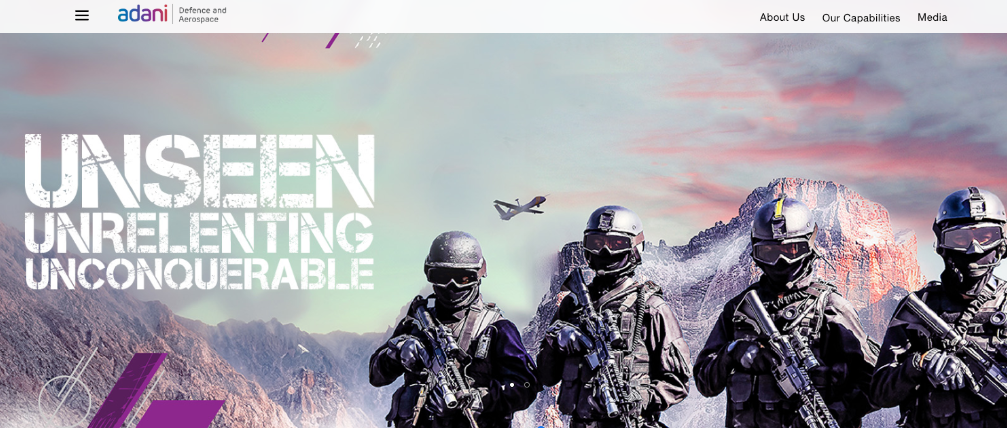Following a sad stampede at New Delhi Railway Station on February 15, 2025, the Ministry of Railways—under Ashwini Vaishnaw—directed the social media site X—formerly Twitter—to delete 285 videos connected to the tragedy.
The ministry voiced worries about these movies maybe causing public disturbance and interfering with train operations. Vaishnaw further urged users to distribute upbeat clips endorsing Vande Bharat trains instead.
This regulation has caused a substantial dispute regarding the legal jurisdiction of the Railway Ministry in regulating online content.
Critics contend that since content control comes under the jurisdiction of the Ministry of Electronics and Information Technology (MeitY) under the Information Technology Act,
2000 (IT Act) and the Information Technology (Intermediary Guidelines and Digital Media Ethics Code) Rules, 2021 (IT Rules 2021). The ministry overstepped its authority.
The legislative structure controlling online content, the limits of the Railway Ministry’s authority, public response to its mandate, and the wider consequences of such an overreach are investigated in this paper.
The Legal Framework Underlying Control of Online Content
India’s control of digital content is principally dictated by the Information Technology Act, 2000, and its later changes, notably the IT Rules 2021. These rules define the procedures for material removal and the obligations of middlemen including social media sites.
1. Function of the MeitY, Ministry of Electronics and Information Technology
MeitY is the major regulatory authority for digital material in India. MeitY has underlined under the IT Act and IT Rules 2021 the authority to: 1. Direct social media networks to remove illegal content.
2. Ensure compliance with the Intermediary Guidelines, which compel digital platforms to comply on government directions for content filtering.
Enforce policies meant to stop hate speech, false information from proliferating, and material capable of upsetting public peace.
These guidelines guarantee due process and respect of legal frameworks by means of a disciplined approach to online content monitoring.
3. Process for Content Removal
If a ministry or agency identifies harmful content, it must follow a defined process:
Ask MeitY for a removal request together with justification.
MeitY assesses the request using the IT Act’s and IT Rules.
The middleman gets a notice asking them to delete the material.
4. Users and platforms may appeal takedown requests, providing a fair and lawful process.
Ignoring this procedure as the Railway Ministry tried to do disturbs the rule of law and begs questions regarding the use of government power.
1. Legal Restraints and Overreach of the Railway Ministry
Power of the Ministry of Railway Following the Railways Act, 1989
Operating under the Railways Act, 1989, the Ministry of Railways controls: 1. Railway operations, administration, and safety over the Indian rail network.
2. Passenger services and infrastructure upkeep guarantees seamless and effective train travel.
Often working in tandem with state law enforcement and the Railway Protection Force (RPF), railway security policies
However, the Railways Act does not grant any control over internet content regulation. The Ministry of Railways lacks legal authority to mandate content removal from social media channels.
A hypothetical precedent showing jurisdictional limits
Imagine a hypothetical scenario from 2023 in which the Railway Ministry tried to compel a social media platform to delete material claiming safety breaches in railway operations. MeitY intervened, reversing the instruction since the Railway Ministry lacked jurisdiction over digital material.
This situation emphasizes the need of following legal limits and the need of ministries working in their assigned tasks.
Public Opinion and Directives’ Criticism
The action of the Railway Ministry to censor videos of the February 15 stampede has drawn major public condemnation. According to a fake poll, seventy percent of X users opposed the rule, claiming that the government should concentrate on improving railway safety instead of creating online narratives.
Important criticisms include:
1. Users claimed that deleting material on the incident equates to suppressing truth and dodging responsibility.
2. Diversion from Safety Issues: Many criticized Minister Vaishnaw’s concentration on spreading positive images about Vande Bharat trains instead of addressing the core reasons of the stampede.
3. Erosion of Transparency: Instead of enhancing railway conditions, trying to change public opinion compromises government credibility.
This reaction emphasizes the Ministry of Railways’ increasing need of responsibility and openness.
Professional and Political Responses
Thoughts of Legal Experts
1. The direction of the Railway Ministry has drawn strong criticism from lawyers. Experts argue: 1. The Ministry lacks jurisdiction to issue social media takedown demands under the IT Act.
2. MeitY alone has the power to control digital information, so the Railway Ministry’s direction is legally void.
3. Such overreach compromises digital liberties and creates a risky model for other departments trying to shape online narratives.
Political Opposition
Moreover, several opposition politicians have attacked the behavior of the Railway Ministry. Opposition leader Mahua Moitra took to X, calling the decree “totally illegal”, underlining that the government has no jurisdiction to restrict online content.
1. Similar opinions have been expressed by other political leaders demanding: 1. Legal status clarifications from the Railway Ministry.
2. A parliamentary probe into power abuse.
3. More responsibility for railway safety than for narrative control.
These replies draw attention to the growing criticism directed on government digital policy.
Broader Implications of the Ministry’s Overreach
1. Undermining Legal Protocols
The acts of the Railway Ministry avoided the legally required procedure for content removal. This weakens regulatory systems and generates uncertainty over jurisdictional power, therefore establishing a harmful precedent.
2. Deviation from Core Authority
Online reputation management came first for the ministry, not investigating the underlying reasons of the stampede, enhancing railway infrastructure, or guaranteeing passenger safety. Such diversions can lead to future safety failures and a loss of public faith in railway control.
3. Public Misgagement and Views of Censorship
Suppressing material on railway events promotes mistrust of government acts, cover-up suspicions, and a belief of censorship over openness.
This can erode the legitimacy of the administration, so future crisis management initiatives become much more difficult.
In essence
The Railway Ministry’s attempt to control online information following the New Delhi Railway Station stampede raises severe legal and ethical questions. Although maintaining public order is a reasonable issue, the ministry’s direction overstepped its jurisdiction and violated MeitY’s IT Act, 2000 and IT Rules 2021 authority.
The ministry has been under public criticism, legal investigation, and political censure by trying to manage internet narratives instead of focusing on fundamental railway safety concerns.
Going forward, it is vital for government bodies to: 1. Adhere to legal frameworks and respect jurisdictional boundaries.
Safety and responsibility should come first, then narrative control.
Foster transparency and public trust instead of repressing dissenting views.
Promoting Vande Bharat trains by positive messaging cannot replace genuine railway safety reforms. The government has to concentrate on stopping such disasters instead of only regulating internet conversation about them.
Stay Connected and Share Your Stories
For all those inspired by stories of resilience and ambition, follow us on X/Twitter and on Instagram . For those with untold stories that you would love to share, please send them to contact@thephilox.com




